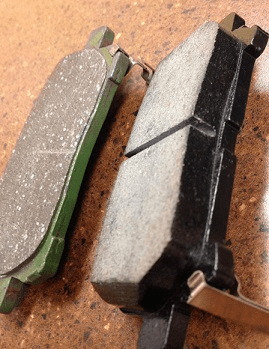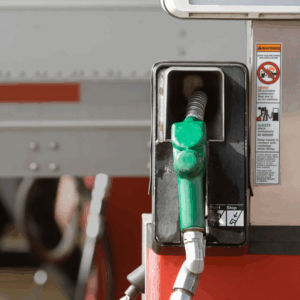
Are you hearing any squealing or grinding sounds upon braking, or even when you are not braking? Do you need to depress your brake pedal further than you used to? These may be signs of impending brake problems.
Or, are you feeling pulsation or vibration upon braking, either in the steering wheel (front brakes) or (seriously) in the seat of your pants (rear brakes)? Rotors can become warped (thus the pulsation or vibration) due to excess heat, usually from riding the brakes on downhill grades. That constant friction will result in extremely high temperatures, and subsequent distortion and “warping” to the rotors.
So, what is a “rotor”? It is the metal disc attached to your axle on which the brake pads are compressed by the calipers, which in turn stops your car. To understand how your brakes work, it is helpful to first know the other basic components of your braking system:
· brake pedal
· hydraulic system, that consists of a master cylinder, slave cylinders and brake fluid (that transfers and multiplies the force to the braking mechanisms)
· rotors, pads and calipers (disc brakes) either on the front, or on all 4 wheels
· Brake shoes, drums and brake cylinders (drum brakes), generally only on the rear wheels (and only on 25-30% of today’s cars and trucks)
When you depress the brake pedal, the hydraulic system multiplies the force you apply so that the pressure the brake calipers or cylinders apply is immediate and substantial. The hydraulic system depends upon having adequate brake fluid in the system. If the system develops a leak, the force may not be transmitted to the actual braking mechanisms. Leaks in hoses can be repaired, whereas more severe cases may require replacement of the Master, Slave, or Brake Cylinders.
Once the force is transferred to the actual braking mechanisms, the friction of the pads (disc brake) against the metal rotor stops the axle from turning ultimately stopping your car. New brake pads are 10-12mm thick, and brake replacement is recommended when the pad is worn to 2-3mm.
When the pad becomes very thin, you will hear a “squeal” that will let you know you are nearing the end of the pad life. If you continue to drive past the “point of no return” (past the squealing sound), the sound will go away…but the problem is still there, and the metal backing will begin to wear on the metal rotor. Often, this will then require complete replacement of the rotor assembly (big $$$).
Routine brake maintenance (“brake job”) entails replacing the brake pads and machining the rotors. Machining rotors means putting the rotor on a lathe, which shaves a few thousandths of an inch off the rotor to smooth and true up the surface. Rotors can be machined a few times, before the metal becomes too thin, and falls below the manufacturer’s minimum specifications. The rotor will then require replacement.
Safety when driving is dependent upon being able to stop quickly, when needed. It is your responsibility to have your car in good working order, and we can help make it easy and convenient for you. If you’re experiencing brake problems, schedule an appointment with us today.



